Gallic Leader Vercingetorix In Victorious Battle Of Gergovia, 52 BC
A. Sutherland – MessageToEagle.com – In 52 BC, a massive Gallic stronghold Gergovia was the scene of the battle between several Gallic tribes led by Vercingetorix, one of the best-known and greatest Gallic leaders and a Roman Republican army, led by Proconsul Julius Caesar.
Vercingetorix led the Arverni, the most powerful tribe in Gaul in the second century BC along with other tribes, against a common enemy, Rome. This battle was won by Gauls.
The heights of Gergovia itself stand twelve hundred feet above the plain that they overlook. It is a plateau that is a mile and a half long by a third of a mile wide. Strategically, it was an advantageous place to hold, as there was only one way in, and a small body of troops could hold the entrance to the place.
Now called Gergovie, this ancient battlefield was identified with Merdogne, once located on a hill within the town of La Roche-Blanche, near Clermont-Ferrand, in south-central France. Some walls and earthworks are still recognizable from the pre-Roman Iron Age.
There are no surviving Gaulish accounts, therefore much of the early history of Gaul and the knowledge of the war comes mainly from Julius Caesar’s Caesar’s Gallic War: Caesar’s reports on his conquests in Gaul.
According to this source, among the events of 52 BC, probably the most important was the Roman war against Vercingetorix. Caesar recorded an unsuccessful attack on Gergovia. He also explained his setback at Gergovia by blaming his soldiers, who had been over-eager to attack.
Vercingetorix had earlier been expelled from Gergovia so he decided to attack the stronghold during winter 53 BC, while Caesar was busy with gathering his army for a strike against the Gauls.
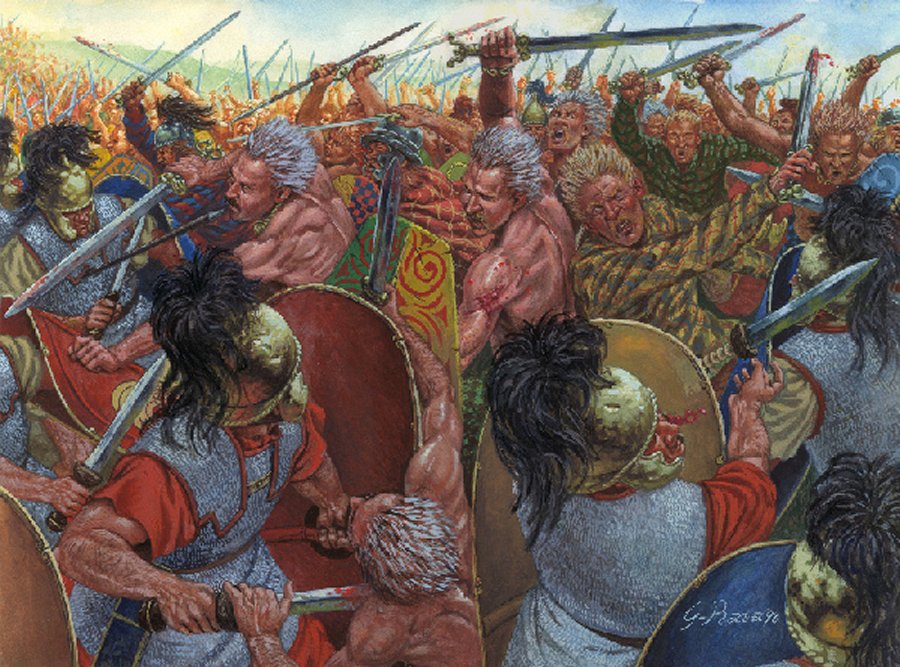
Caesar had to choose between keeping his forces safe over the winter and showing Roman weakness in defense allies or force Vercingetorix’s soldiers to open battle and risking running out of supplies. He chose the latter, leaving two his legions in Agedincum and with the 30,000 men of the six legions, Caesar set out in the direction of Gergovia, which Vercingetorix was probably able to guess once he had divined his direction.
The siege of Gergovia took place in the autumn of the year 52BC. The number of Gallic warriors is not exactly unknown, however, they most likely outnumbered the Romans.
See also:
Vercingetorix: Greatest Of All Gallic Leaders And Hero Of The French People
Siege Of Alesia: Last Decisive Battle That Ended Gallic Independence In France And Belgium
Gallic Leader Vercingetorix In Victorious Battle Of Gergovia, 52 BC
The heights of Gergovia itself stand twelve hundred feet above the plain that they overlook. It is a plateau that is a mile and a half long by a third of a mile wide. Strategically, it was an advantageous place to hold, as there was only one way in, and a small body of troops could hold the entrance to the place.
Vercingetorix knew about it and therefore, he crossed the river Elave, and started marching up and down the bank, mirroring Caesar’s movements and destroying all the bridges to keep him from crossing.
The Gauls were positioned on the terraces, located below the oppidum (a defended town) and on the surrounding hills; the Romans, on the other hand, built a main camp and a small annex camp nearby, which they connected with a wide moat. The Gauls, aware of the vulnerability of the western part of their oppidum, rushed to consolidate it.
Meanwhile, three Roman legions (1,500 men) were sent on the eastern sector, succeeded in breaking the Gallic lines of defense and reached the walls of Gergovie.
The horsemen of Aedui, (Celtic tribe of central Gaul, allied to the Romans), were positioned on the northern side. Vercingetorix’ warriors, with their horsemen in the lead, rushed back to the eastern sector and drove the Romans back.
The arrival of the Aedui horsemen added to the confusion, as the Romans legionaries confused them for enemies.
Vercingetorix called back his warriors on high positions when he realized that Caesar was sending reinforcement troops. However, Caesar was aware of the heavy losses suffered by his legions (700 men including 46 centurions) and of their vulnerable position because of the topography.
He ordered the withdrawal of his troops.
The Gauls won the Battle of Gergovia and many Aedui warriors rallied Vercingetorix.
Written by – A. Sutherland – MessageToEagle.com Senior Staff Writer
Copyright © MessageToeagle.com All rights reserved. This material may not be published, broadcast, rewritten or redistributed in whole or part without the express written permission of MessageToeagle.com
Expand for referencesRelated Posts
-
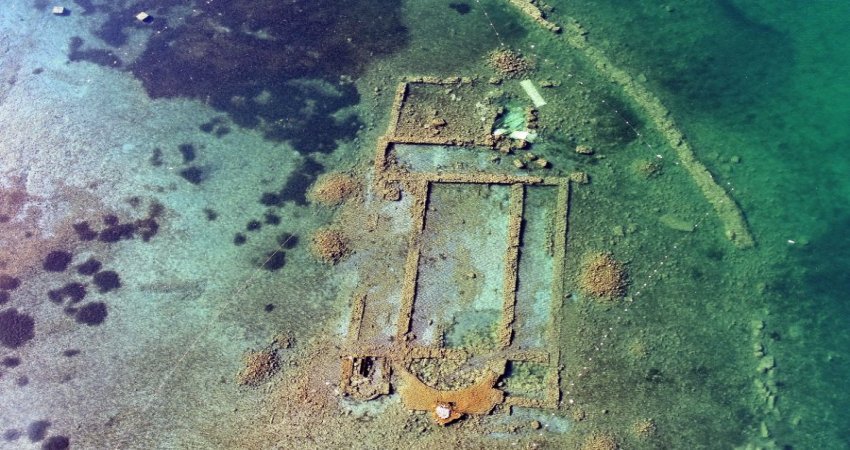 A 1,500-Year-Old Basilica Re-Emerged Due To Withdrawal Of Waters From Lake Iznik
No Comments | Sep 13, 2020
A 1,500-Year-Old Basilica Re-Emerged Due To Withdrawal Of Waters From Lake Iznik
No Comments | Sep 13, 2020 -
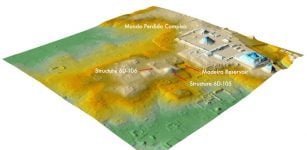 Hidden Ancient Citadel In The Mayan City Of Tikal Discovered By LIDAR
No Comments | Sep 28, 2021
Hidden Ancient Citadel In The Mayan City Of Tikal Discovered By LIDAR
No Comments | Sep 28, 2021 -
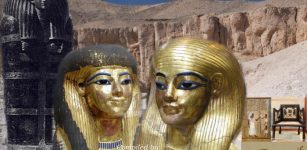 Amazing Tomb Of Yuya And Tjuyu Filled With Ancient Treasures In The Valley Of The Kings
No Comments | Jun 3, 2021
Amazing Tomb Of Yuya And Tjuyu Filled With Ancient Treasures In The Valley Of The Kings
No Comments | Jun 3, 2021 -
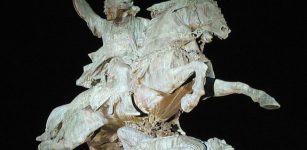 Vercingetorix: Greatest Of All Gallic Leaders And Hero Of The French People
No Comments | Dec 22, 2016
Vercingetorix: Greatest Of All Gallic Leaders And Hero Of The French People
No Comments | Dec 22, 2016 -
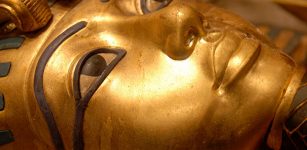 An Expert Explains Why Tutankhamun’s Tomb Remains One Of The Greatest Archaeological Discoveries
No Comments | Nov 7, 2022
An Expert Explains Why Tutankhamun’s Tomb Remains One Of The Greatest Archaeological Discoveries
No Comments | Nov 7, 2022 -
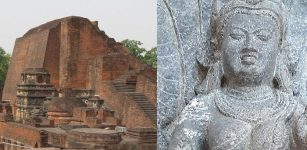 Unique 1,300-Year-Old Pala Period Idol Of Snake Goddess, Nag Devi Discovered Near Nalanda University, India
No Comments | Apr 6, 2022
Unique 1,300-Year-Old Pala Period Idol Of Snake Goddess, Nag Devi Discovered Near Nalanda University, India
No Comments | Apr 6, 2022 -
 Mysterious Giant Footprints In China: Evidence That Huge Humans Roamed The Earth?
No Comments | Feb 28, 2017
Mysterious Giant Footprints In China: Evidence That Huge Humans Roamed The Earth?
No Comments | Feb 28, 2017 -
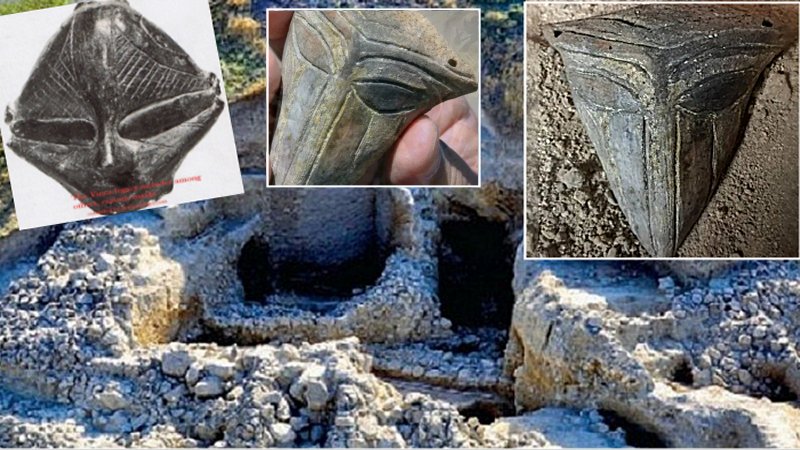 6,000-Year-Old Bizarre, Mouthless ‘Alien’ Mask Unearthed In “The Salt Pit” Settlement In Northeast Bulgaria
No Comments | Nov 20, 2020
6,000-Year-Old Bizarre, Mouthless ‘Alien’ Mask Unearthed In “The Salt Pit” Settlement In Northeast Bulgaria
No Comments | Nov 20, 2020 -
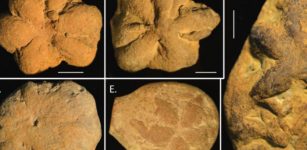 Mysterious Ancient Star-Shaped ‘Fossil’ Baffles Scientists – What Is It?
No Comments | Feb 27, 2023
Mysterious Ancient Star-Shaped ‘Fossil’ Baffles Scientists – What Is It?
No Comments | Feb 27, 2023 -
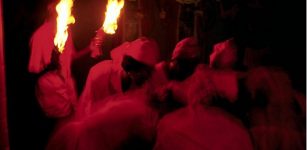 Obeah: Who Were The Feared Shadow Killers Of Jamaica?
No Comments | Oct 29, 2016
Obeah: Who Were The Feared Shadow Killers Of Jamaica?
No Comments | Oct 29, 2016


